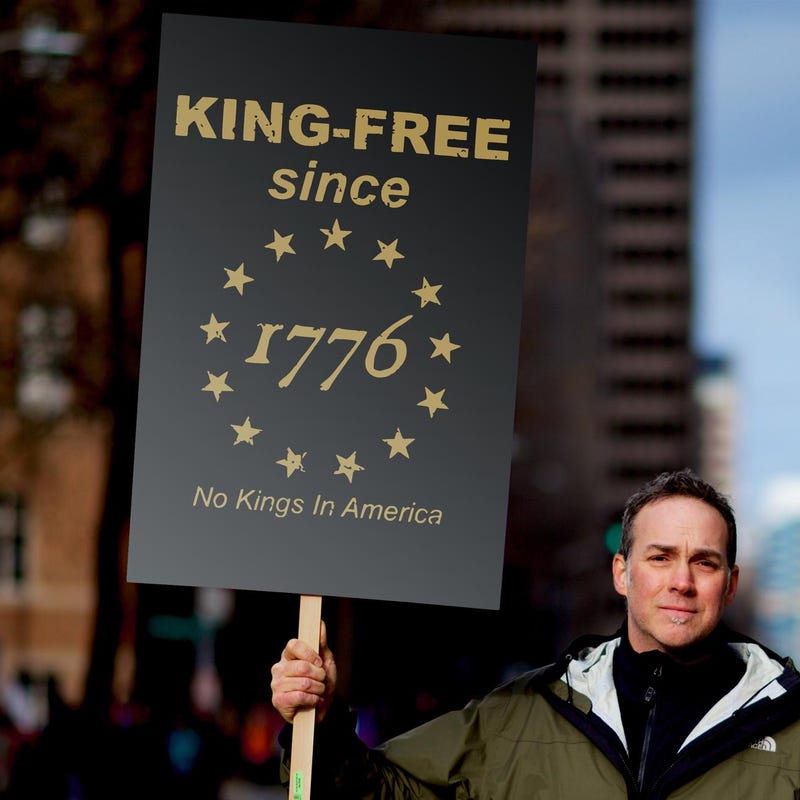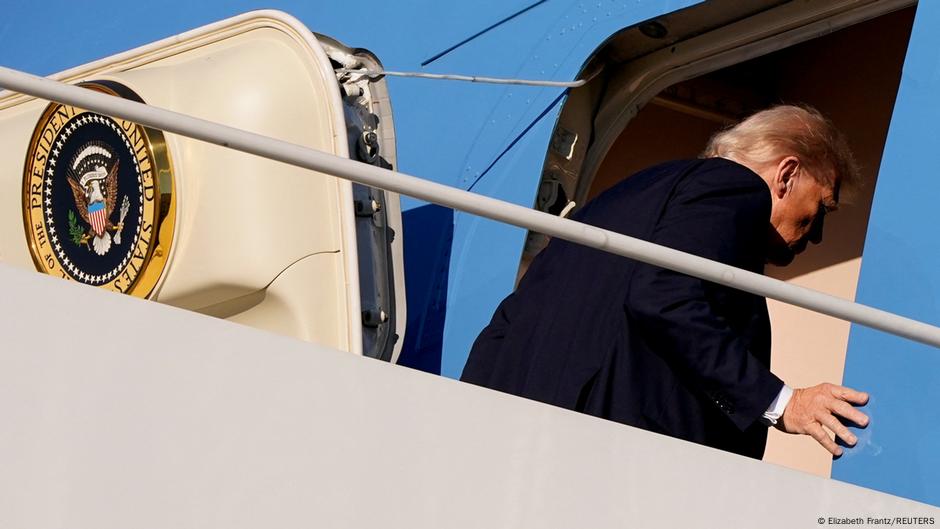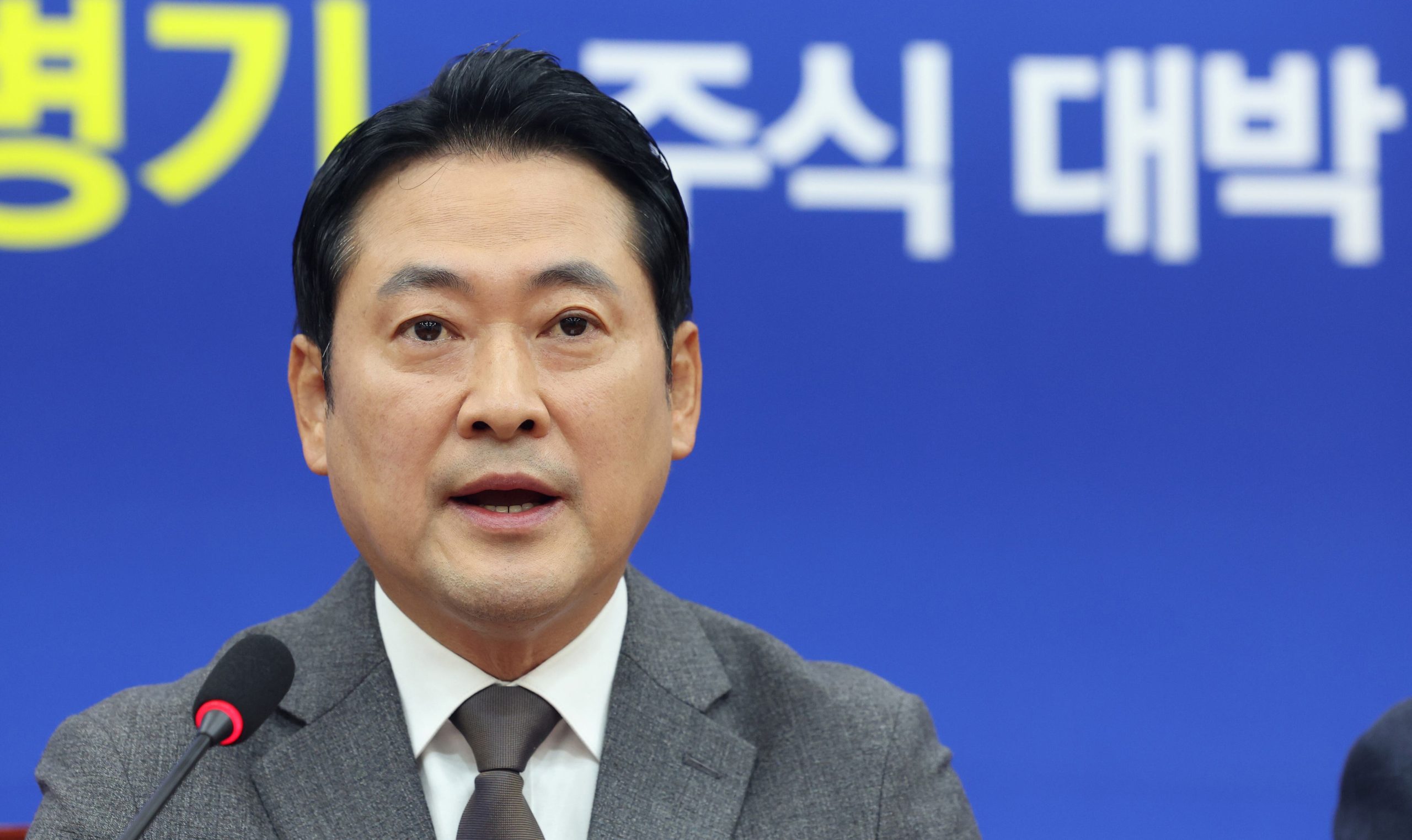The American Republic and the Struggle for Democracy
The recent “No Kings” movement, which saw millions of Americans across all 50 states rally under the slogan “No thrones. No crowns. No kings,” was more than just a protest. It was a powerful declaration of faith in the American republic. On October 18, nearly seven million citizens stood together to reject what they perceived as President Donald Trump’s drift toward authoritarianism. Their message was clear: no leader is above the law.
This movement draws its inspiration from the revolutionary spirit of 1776, invoking the nation’s founding principles as a warning against the dangers of modern autocracy. Protesters are not afraid of overt tyranny but rather the slow erosion of democratic institutions and the normalization of unchecked executive power. The movement represents a broader concern about issues such as healthcare cuts, the militarization of cities, and the overall decline of civic trust.
Despite being dismissed by some as partisan theatrics, the protests transcended party lines. Participants united around the principle of constitutional balance, reviving the language of classical liberalism—rule of law, separation of powers, and limits on executive authority. This shift highlights a growing awareness among the cultural left about the importance of preserving democratic norms.
Trump’s response to the movement only reinforced its symbolism. He mocked the rallies by sharing AI-generated videos of himself wearing a crown, further emphasizing the disconnect between his actions and the values the movement stands for.
The Challenge of Sustainability
The challenge for the “No Kings” movement lies in its sustainability. While the energy of protests can be powerful, it often fades without institutional engagement. Some hope to channel this outrage into greater civic participation and voter turnout ahead of the 2026 midterms. If successful, the movement could reshape America’s political landscape, redefining the relationship between citizens and their government.
The survival of the American republic has long hinged on one fundamental truth: democracy dies not from coups, but from complacency. For one weekend, Americans remembered that power must be resisted—and restrained.
The Myth of American Exceptionalism
As a non-American observer, I have long watched the United States with a mix of curiosity and caution. While many admire its economic might and cultural influence, I never saw it as a civilisation in the classical sense. Unlike nations like China or India, which have ancient roots and enduring philosophies, America is a geopolitical newcomer.
The United States was forged through the displacement of indigenous peoples and the expansionist dreams of European empires. Its founding was not a continuation of civilization, but a rupture—a new world carved from the old, built on ideals that often contradicted its actions.
After World War II, the devastation of Europe created a vacuum that allowed America to rise to global dominance. It became the banker, the manufacturer, and eventually the military enforcer of the post-war order. However, this rise was circumstantial, driven more by geography, timing, and the misfortunes of others than by inherent greatness.
For decades, the US enjoyed unrivaled influence. But history does not stand still. China, with its ancient civilisation, strategic patience, and growing technological prowess, has re-emerged as a global force. Its rise has challenged the notion that America’s leadership is permanent or even desirable.
Internally, America is unraveling. It faces deep inequality, political dysfunction, and a crisis of trust in its institutions. It preaches democracy while suppressing dissent. It champions freedom while incarcerating millions. It sells opportunity while millions live in poverty.
The myth of American exceptionalism is fading. Although the US may still wield power, it no longer commands admiration. Many now look elsewhere for leadership, stability, and vision.
The Limits of Power
Donald Trump’s approach to trade has also come under scrutiny. From January to August, China imported 218 million bushels of U.S. soybeans, down from 985 million last year. In September, China imported none. American farmers are struggling, and the situation raises questions about the effectiveness of Trump’s policies.
A Chinese saying captures the dilemma: “One cannot have both fish and bear’s paw.” Trump cannot have both high tariff revenues and massive soybean exports. His policies have created a paradox that threatens the livelihoods of American farmers.
A Changing Global Order
As the global order shifts, perhaps it is time to stop asking whether America can be great again and instead focus on what kind of world we want to build beyond it. The challenges facing the United States are not just domestic but global, and the need for a new vision is more urgent than ever.










